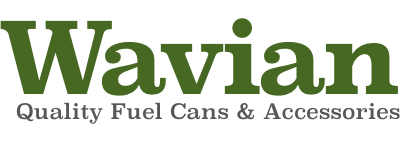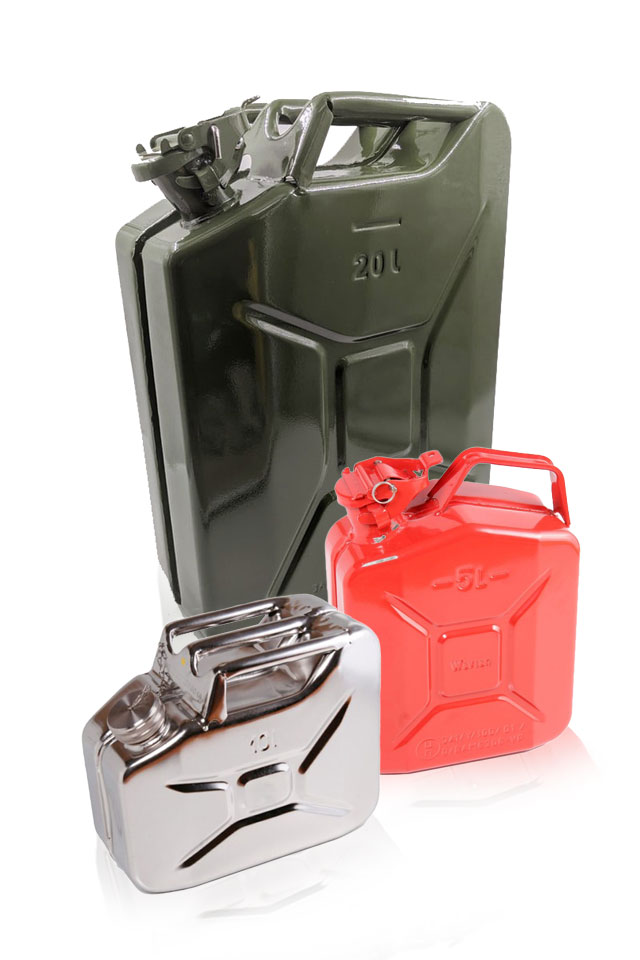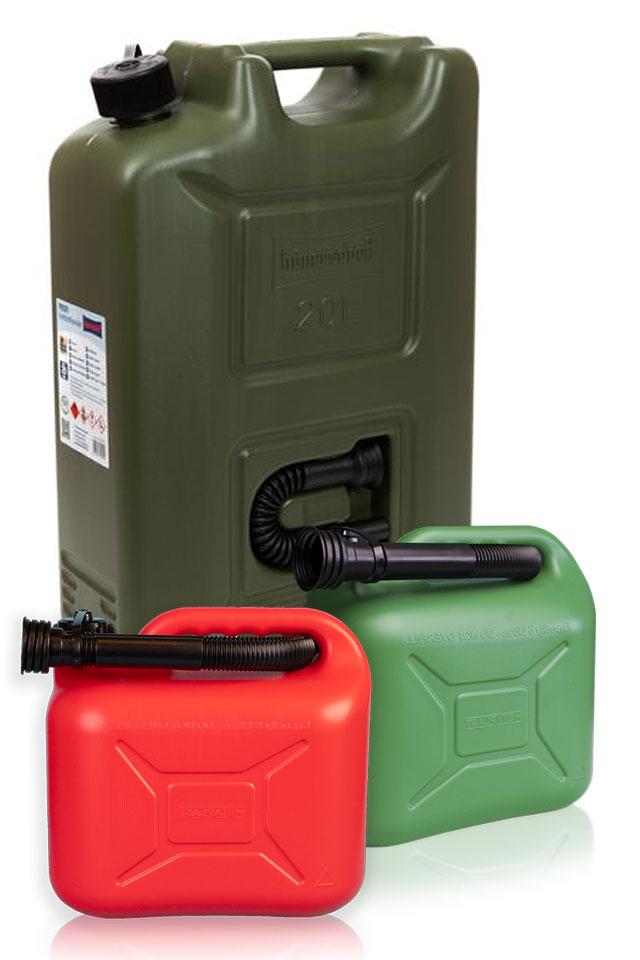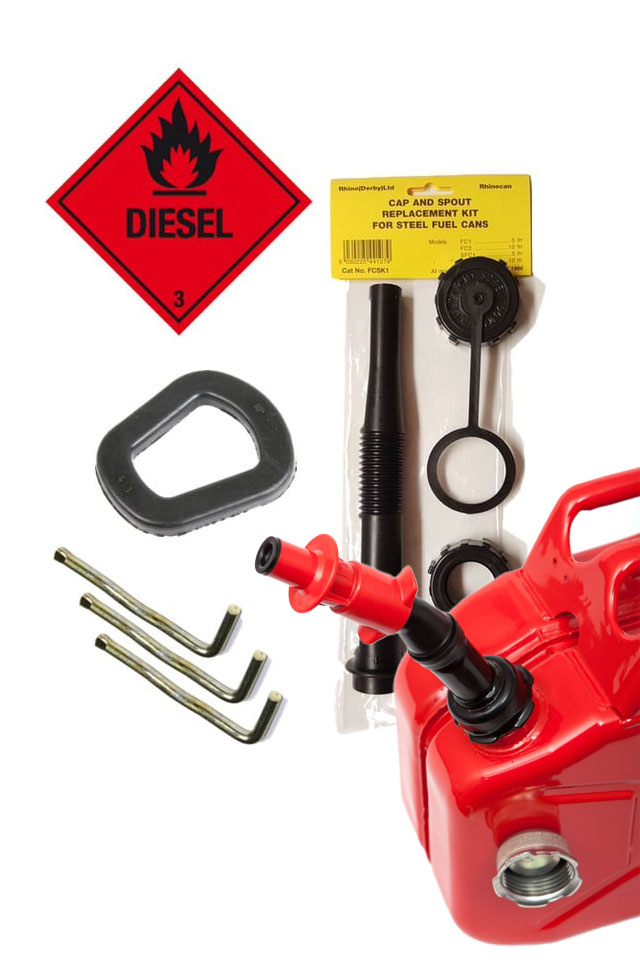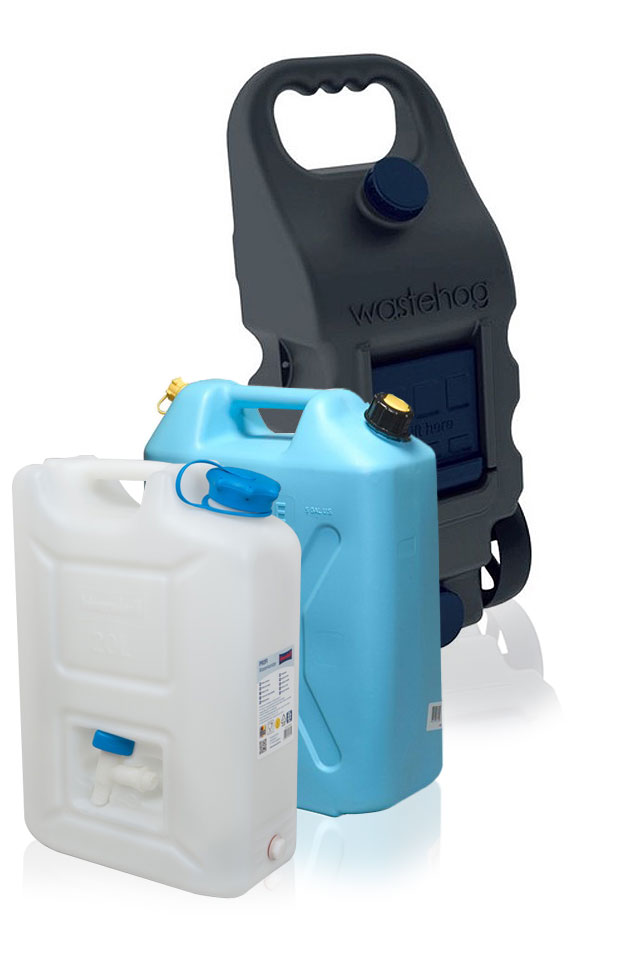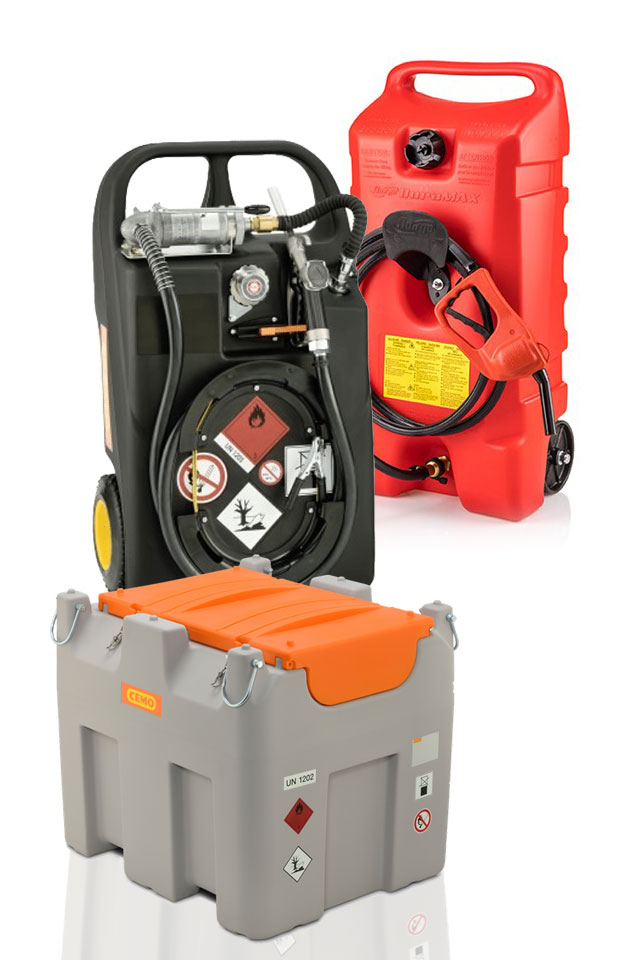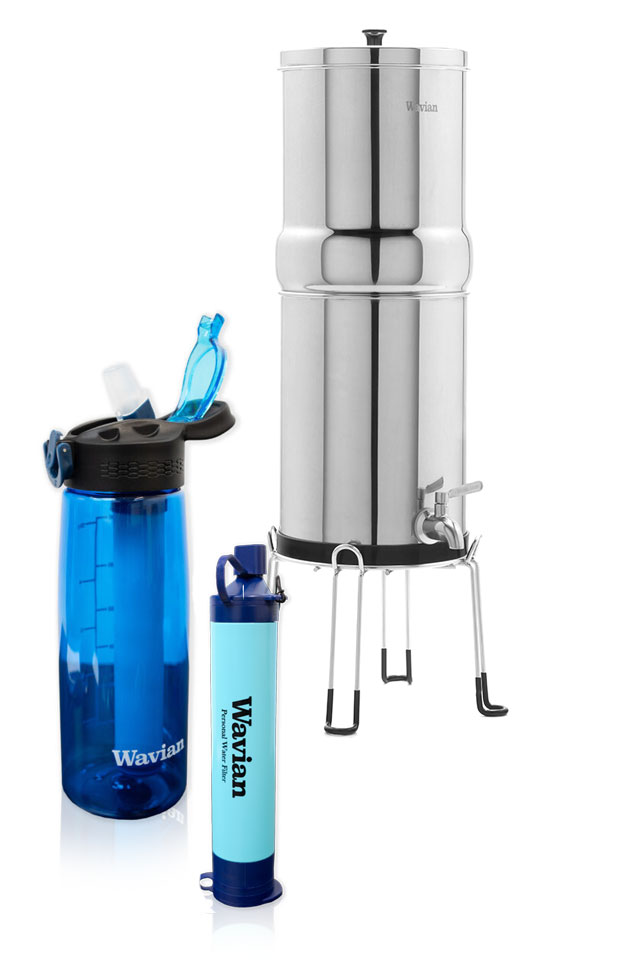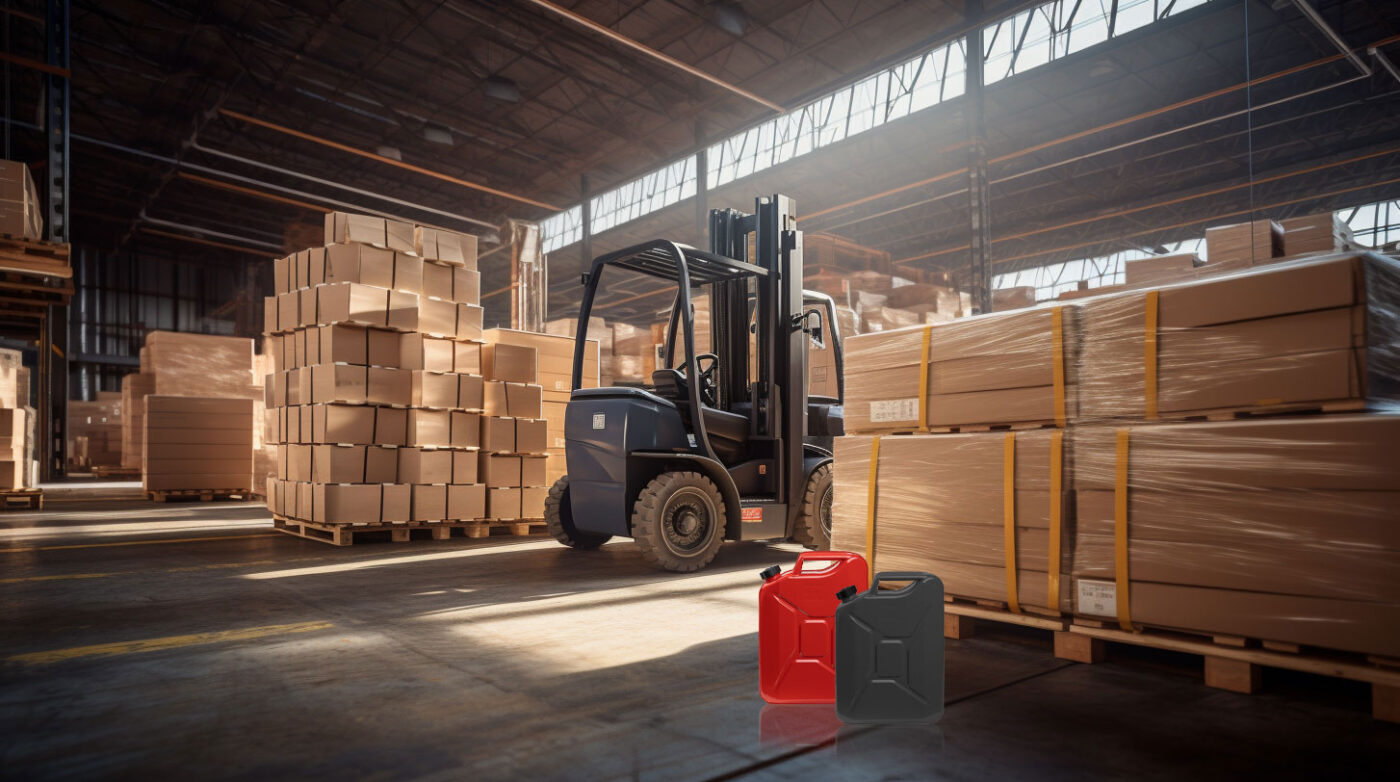Fuel Cans
Workplace Petrol Safety: Complete Risk Assessment for Fire, Storage & Handling
Managing petrol in a commercial, industrial, or warehouse environment comes with a host of risks. Whether it’s for machinery, vehicles, or other fuel-driven equipment, proper handling and storage of petrol are essential to ensure safety in the workplace. An effective petrol risk assessment can help identify potential hazards, reduce risks, and establish safety protocols.
This article will guide you through the essentials of creating a petrol risk assessment tailored for commercial and industrial use, including the key areas to address and a checklist to ensure compliance with safety standards.
Free Petrol Risk Assessment Checklist for Commercial & Industrial Settings
Key Hazards in Commercial and Industrial Environments
In environments where petrol is used or stored, the risks are heightened due to the scale of operations and the number of people involved. Here are some key hazards to consider:
- Fire and Explosions
Petrol is highly flammable, and even small quantities can pose a fire or explosion risk. Proper storage and handling are crucial to avoid accidents. - Spillage and Environmental Contamination
Petrol spills can cause slips and falls, contaminate the worksite, and lead to costly clean-ups. Inadequate disposal or leakage can also harm the environment. - Inhalation and Exposure
Prolonged exposure to petrol fumes can be harmful to workers, potentially leading to dizziness, respiratory problems, or other health issues. - Handling and Storage Issues
Storing large quantities of petrol in unsuitable conditions can increase the risk of leaks, theft, or accidents. Ensuring appropriate containers and storage facilities is essential for safety.
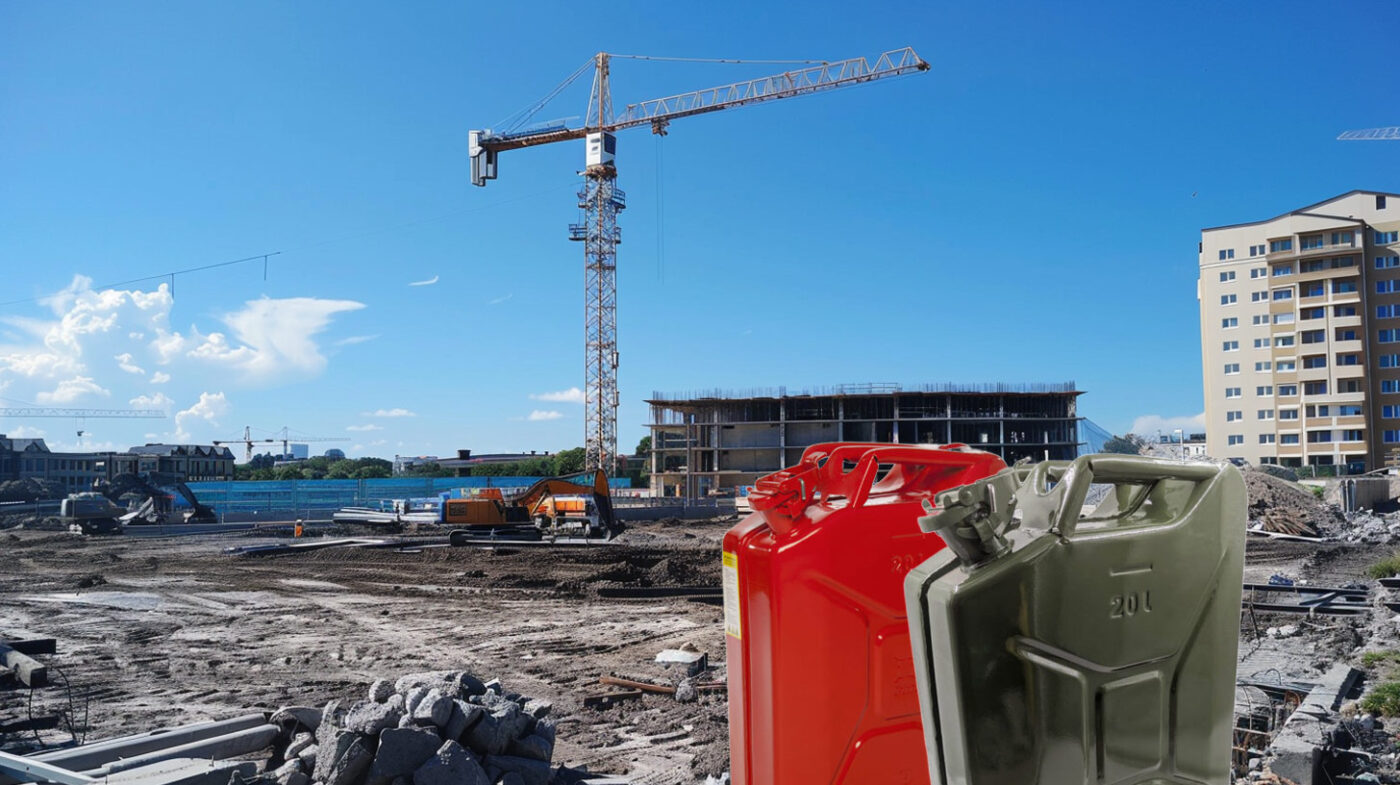
Buy Industrial Site Cans Today
Conducting a Petrol Risk Assessment
When conducting a petrol risk assessment for commercial and industrial sites, it’s important to follow these steps:
- Identify the Hazards
Consider all potential hazards related to petrol usage, including storage, handling, spills, and worker exposure. Identify where these hazards could occur in your specific work environment. - Evaluate the Risks
Once hazards are identified, assess the level of risk associated with each. Consider factors like the amount of petrol on-site, the frequency of use, and how close workers are to the source of danger. - Implement Control Measures
Control measures are essential to mitigate risks. These could include:- Storing petrol in certified containers.
- Ensuring proper ventilation in storage areas.
- Training workers on handling and spill response procedures.
- Installing fire safety equipment such as extinguishers or alarms.
- Monitor and Review
Risk assessments should be reviewed regularly, especially after an incident or when new equipment or processes are introduced. Continuous monitoring will ensure that control measures are working effectively.

Key Control Measures for Industrial and Commercial Environments
- Storage Compliance: Store petrol in compliant, approved containers, such as jerry cans, designed for large volumes. Ensure storage areas are ventilated and far from ignition sources.
- Fire Safety: Equip the workspace with proper fire extinguishers, smoke detectors, and ensure employees are trained to use them.
- Spill Kits: Ensure spill containment equipment is readily available and workers are trained to handle spills quickly and safely.
- Training: Educate staff on proper handling techniques, the dangers of petrol, and emergency response procedures.
- Signage: Use appropriate safety signs around storage and fueling areas to warn of flammable liquids and no smoking zones.
- Maintenance Checks: Regular inspections of fuel containers, storage units, and equipment that runs on petrol to ensure no leaks or damages.
Please Remember
Conducting a petrol risk assessment for commercial, industrial, and warehouse settings is crucial to maintaining safety and avoiding accidents. By identifying hazards, evaluating risks, and implementing control measures, you can ensure a safer working environment for all employees. This checklist provides a structured approach to petrol risk management, helping you comply with safety regulations and reduce potential liabilities.
